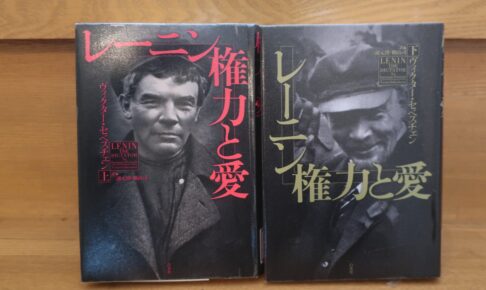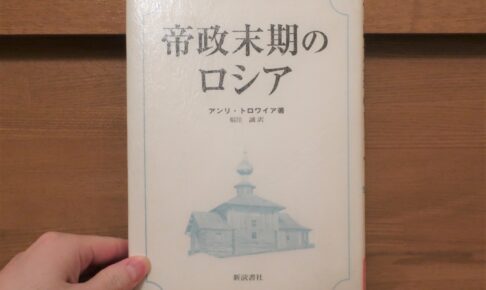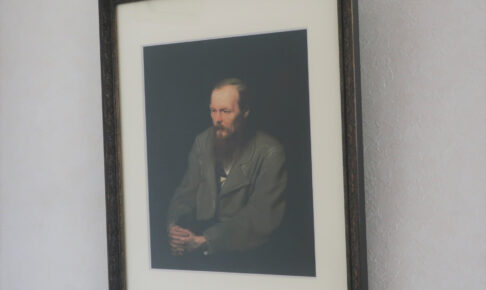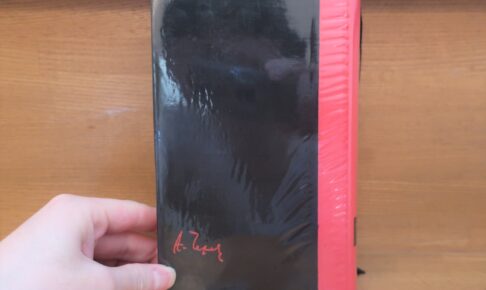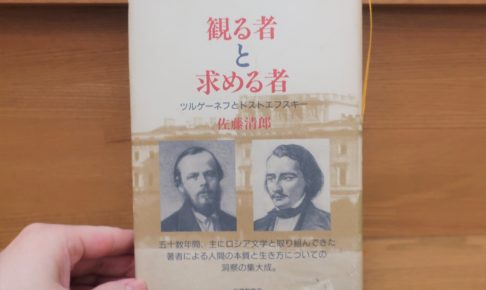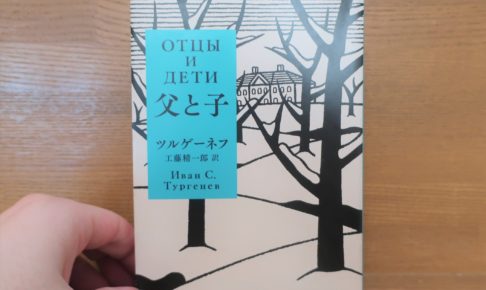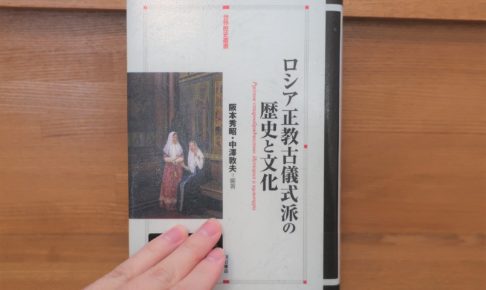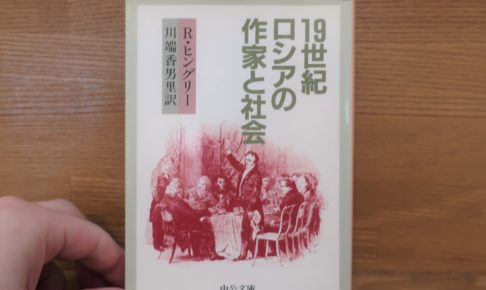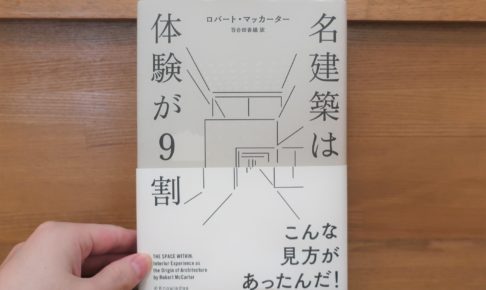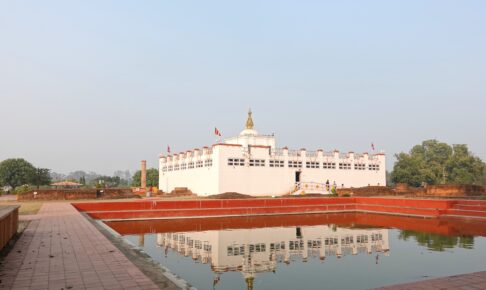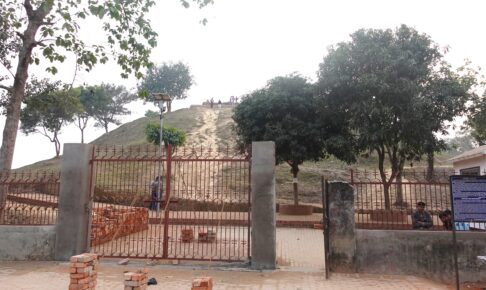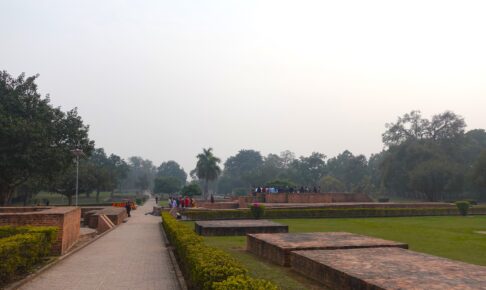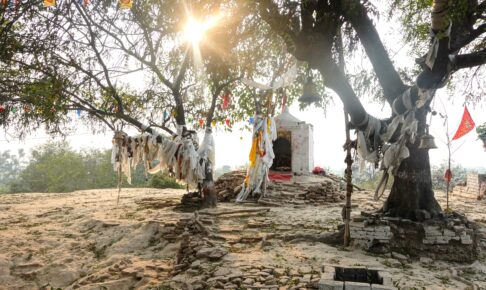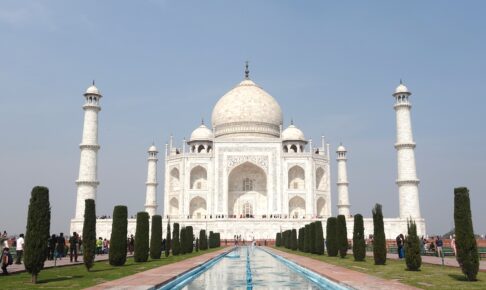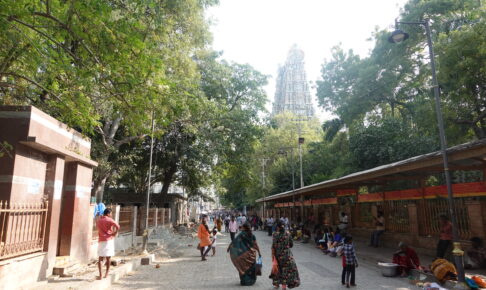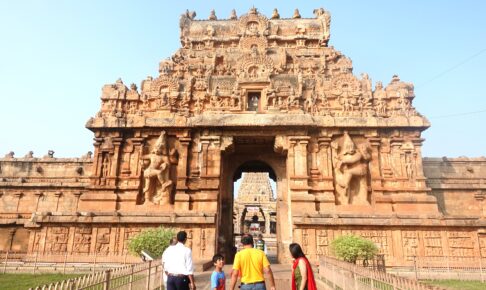(16) Lenin's Mausoleum as a Temple of Lenin's Death and Still Living
Lenin himself may not have imagined that after his death, his body would be embalmed, preserved semi-permanently, and venerated. Lenin's family also wanted him to be buried in a tomb after his death.
But his body was crucial to the Soviet Union's leadership. The people who took notice of this, overcoming the opposition of his family, would make Lenin into the very immortal god that he was.
The preservation and "permanent" veneration of Lenin's body sounds very religious. In the atheistic Soviet Union, this was a paradoxical form of worship.
Lenin is dead, but he lives on in Russia. The existence of Lenin's Mausoleum is connected to Russia in a much deeper way than we can imagine. This is a very important issue for the study of religion, and even for the study of human beings themselves.












